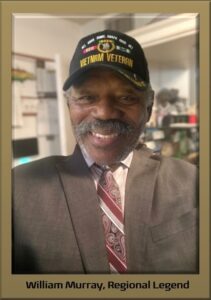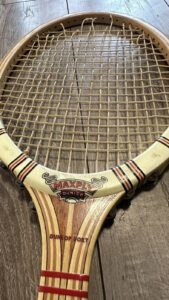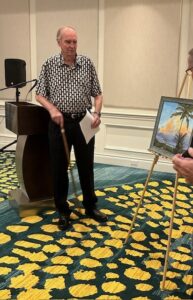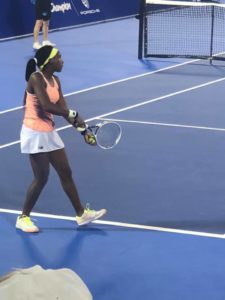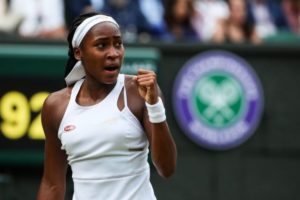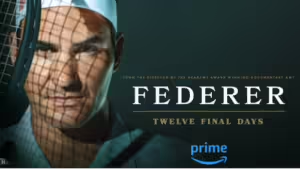
A can’t miss documentary whether or not you like tennis.
“There’s a trick to the ‘graceful exit.’ It begins with the vision to recognize when a job, a life stage, or a relationship is over–and let it go. It means leaving what’s over without denying its validity or its past importance to our lives. It involves a sense of future, a belief that every exit line is an entry, that we are moving up, rather than out.” -Ellen Goodman
“Every ending is a beginning. We just don’t know it at the time.” -Mitch Albom
Everything has to come to an end, sometime.”-L. Frank Baum, The Marvelous Land of Oz
I watched the documentary “Federer: Twelve Final Days” twice in recent weeks.
Available on Amazon Prime, the emotionally charged documentary chronicles the last 12 days of Roger Federer’s storied tennis career.
Originally intended as a home movie, the film is intimate, inspiring, and poignant. The documentary sticks with you and makes you think about beginnings and endings and the stuff that goes between those bookends.
Roger Federer is one of the greatest players of all time—but he transcends sport and has become a global ambassador who exhibits class, grace, and sportsmanship.
In so many ways, he’s a singular figure: handsome, wildly talented, rich, a devoted husband and father who is beloved the world over. I can’t recall any controversy in his career or personal life. And yet, there’s something vulnerable about him too. That vulnerability is on full display in the documentary as we see a man forced by time and injury to give up a game he loves with all his heart.
Federer’s love of the game contrasts with other great players—Andre Agassi who wrestled with his feelings for the sport after being driven by an overzealous dad and Bjorn Borg who walked away from the game at age 26.
Borg features prominently in the Federer documentary—almost as a corollary to Roger’s experience. One left early and was troubled, the other leaves reluctantly and every bit as passionate for the game as he was as a young athlete.
Both Borg and Agassi played at the Delray Beach Tennis Stadium. I met Agassi briefly when he played the Delray Open near the end of his career. He seemed shy and reserved but he was an electric player with a ton of charisma. He made the stadium shake when he took the court.
The great ones make that kind of impact. They have a way of moving us.
Watching Roger Federer play tennis was sublime. He was graceful, powerful, hit remarkable shots and won a lot. But he was vulnerable too. He had rivals who beat him. He struggled with bad knees and ultimately age and wear forced him to quit. Father Time remains undefeated.
What I like about Roger so much is his candor. You can see the struggle, you can feel the disappointment he’s experiencing having to give up a game that shaped his life. He pledges not to be “a ghost” like some others who left the game. He’s open about his love for tennis and for his rivals too.
And his rivals respond in kind. Rafael Nadal weeps after Roger’s last match. Novak Djokovic does so as well.
Isn’t that amazing? Isn’t it life affirming to see rivals celebrate each other’s greatness?
When you’re young and on the rise, when you’re young and trying to figure it all out, you can’t see the end. Yes, you know it’s there, but you don’t really see it, you really don’t believe it until it stares you in the face.
Roger Federer went out in fine fashion—surrounded by adoring fans, grateful rivals, a loving wife and family and a world of opportunity in front of him.
Most of us won’t quite measure up to that high bar. The documentary made me think of people who quietly retire and transition to new lives without fanfare. The age of the gold watch seems like a quaint relic of a distant past. I know many fine people who just sort of….went away.
I’m at an age where I see both ends of the spectrum—young lions and lionesses on the way up and older friends slowing down. I enjoy spending time with the former, but I love spending time with the latter because they have the wisdom and the wounds that only experience can gift you. They’ve travelled the road we’re all on.
If you care to watch the Federer documentary you will marvel at the footage of a sublime athlete, but you will never forget the grace of a fine human being wrestling with saying goodbye to a great love.
